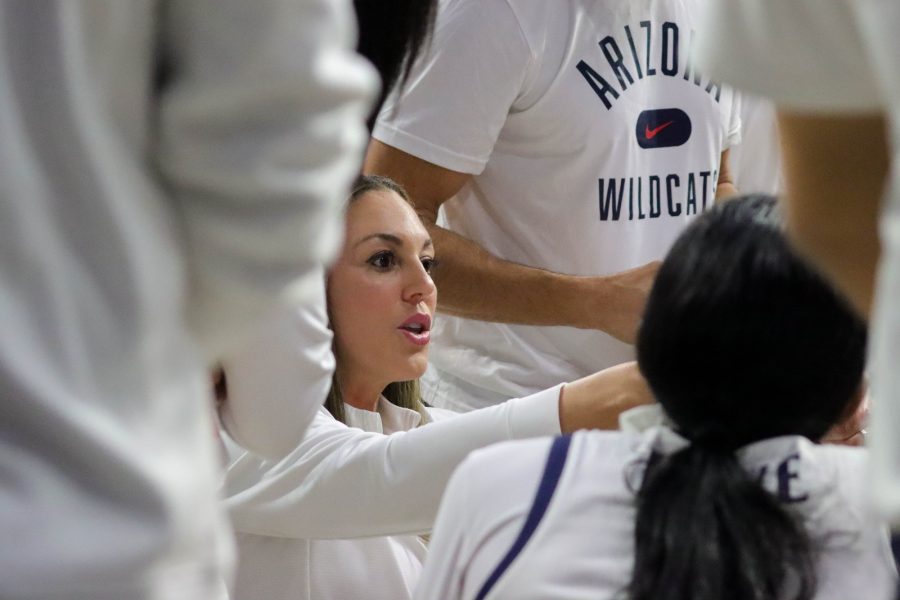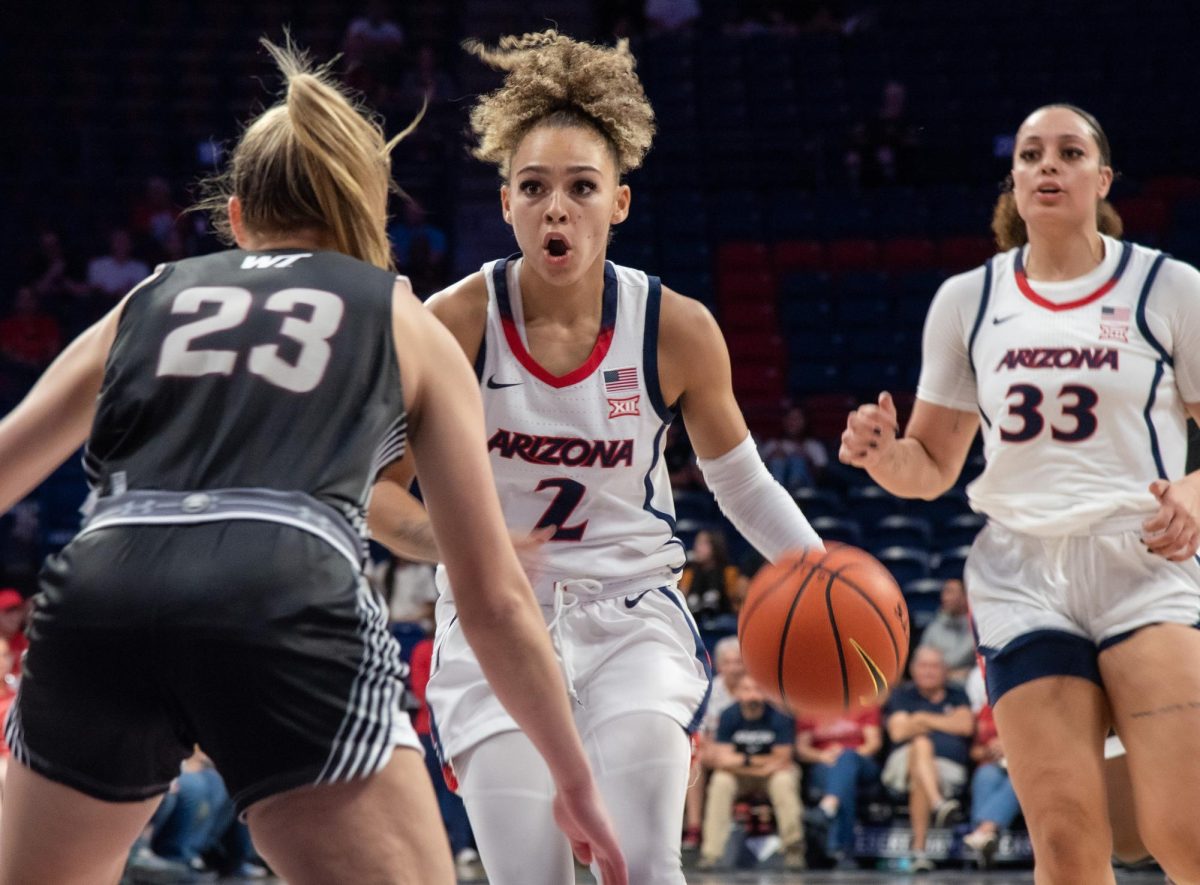Although changes have been made to increase campus safety since the UA College of Nursing shooting five years ago, UAPD Chief Anthony Daykin said an incident similar to the one in Blacksburg, Va., yesterday cannot be prevented.
“”We’re always concerned with the potential for copy cats after big incidents like this,”” Daykin said. “”If people are intent on taking action, it can be very difficult to prevent.””
On Oct. 28, 2002, a UA College of Nursing student shot and killed three professors and then turned the gun on himself. Yesterday’s shooting at Virginia Tech University conjured up images and emotions from that day among UA community members.
George Humphrey, spokesman for the Arizona Health Sciences Center, said the UA learned a lot from that incident.
Since then, a UA Campus Watch system was initiated, and student complaint forms have been reformed. In the past, each individual department filed and stored complaints separately. Now, any complaints issued by a student are kept in the same place to help assess whether there is a risk.
The UA Campus Emergency Response Team re-evaluated its policies and continues to do so on a monthly basis, according to Melissa Vito, vice provost of student affairs and head of the UA CERT program.
President Robert Shelton also said in a memo that the UA took “”concerted steps to enhance safety and security on campus”” since the College of Nursing shooting.
“”Emergency training and table-top exercises were conducted in colleges and departments throughout campus,”” he said in the memo.
Daykin said the best way to remain a safe campus is to create a society that shows respect for others and put deterrents in place – whether it be through police or community activities.
James Van Arsdel, director of Residence Life, said there is no way for resident assistants to prepare or train for an event such as the Virginia Tech shooting.
“”That’s not something that we could prepare RAs for,”” he said. “”Since the 2002 shooting, police have established liaisons with the residence halls and reiterated the importance of the safety programs in place to RAs.””
Daykin said if a similar incident happened again on campus, students should call 911 and try to escape the area.
“”If you can’t escape the area, barricade yourself in a room if possible and notify others as you are leaving the area that contains the threat,”” he said. “”Above all, don’t try to be a hero.””
Daykin said individuals who try to reason with the assailants usually get shot.
The UA campus is open to the public, with roughly 35,000 to 40,000 people passing through each day, Daykin said. Most people on campus carry a bag, and there is no way to tell for certain what might be inside.
Placing metal detectors at building entrances could be one way to provide more safety on campus, but it could be hard to implement, Daykin said.
“”Where do you draw the line on what to make safe and what not to make safe?”” Daykin said.
Van Arsdel said he hasn’t seen a need for metal detectors in residence halls because of the current safety procedures. Doors are locked 24 hours a day, seven days a week, and guests must be escorted by a resident at all times.
The bottom line is that campus safety starts with students and continues from there, Daykin said. Students need to note suspicious people, use a buddy system, let friends know where they are going and give an estimate as to when they will return.
“”We know it can’t be 100 percent safe, but we do the best we can,”” Daykin said.








